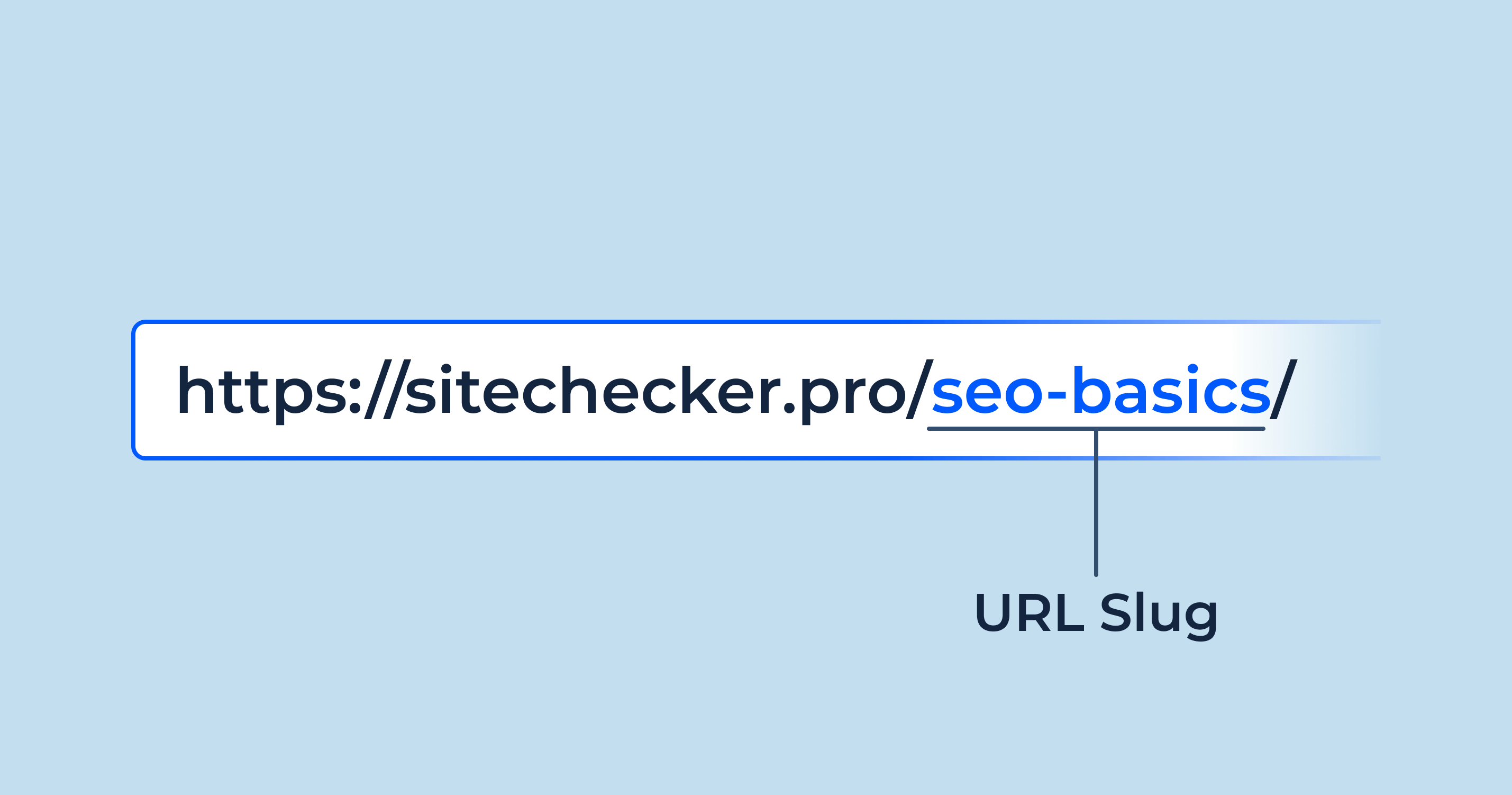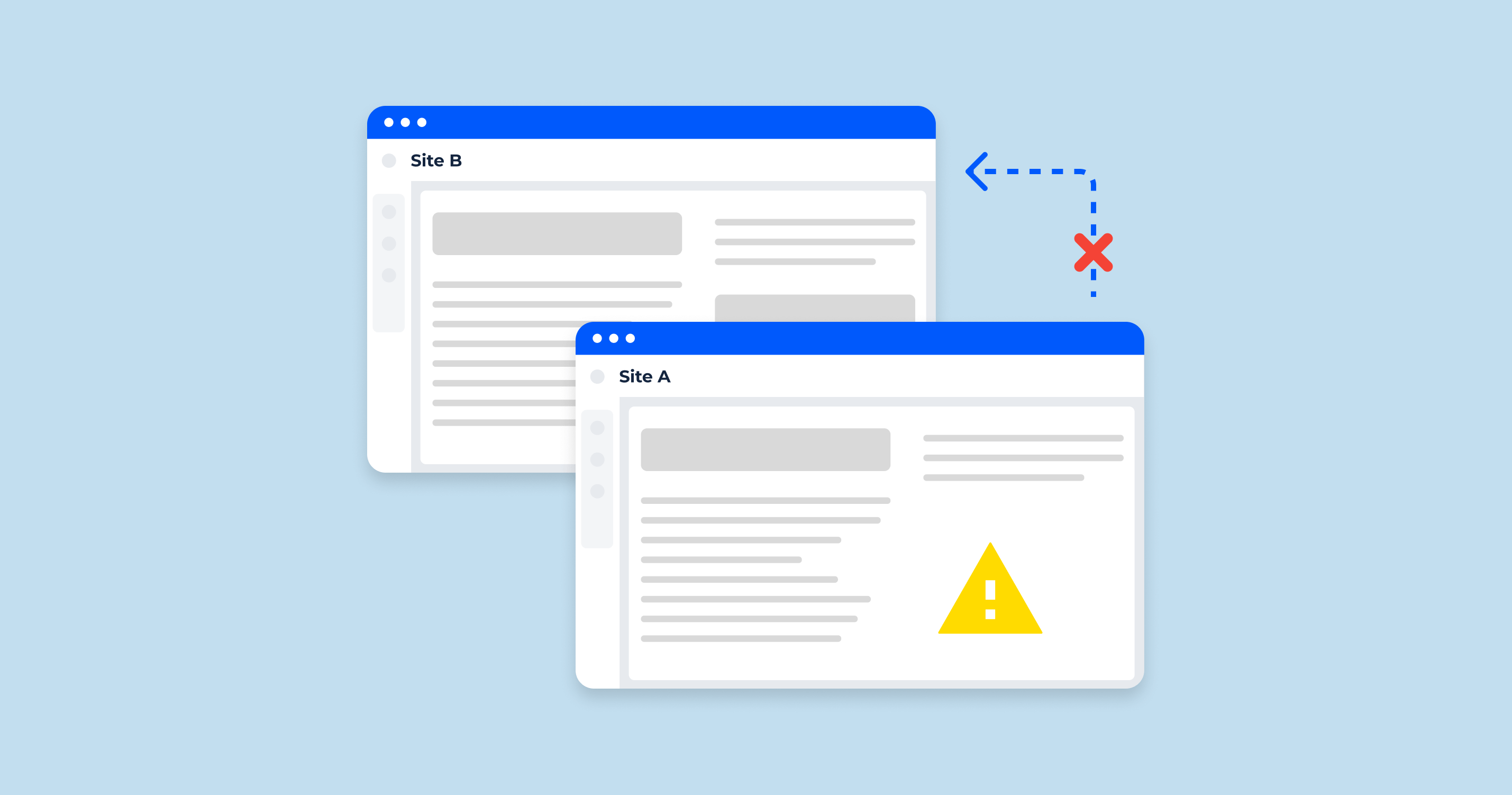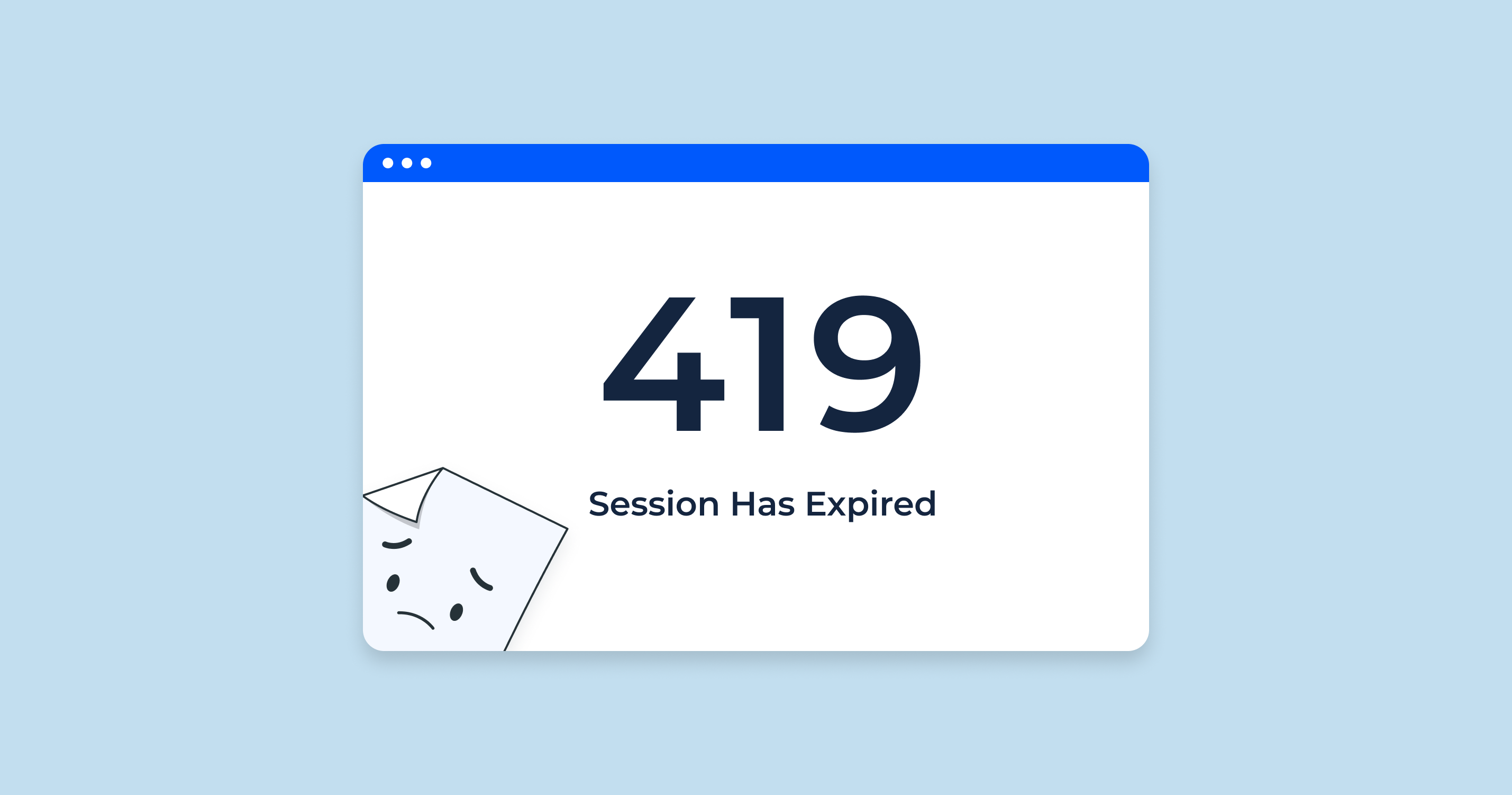What Is a URL Slug?
A URL slug is the part of a URL or web address that comes after the domain name and provides a descriptive, human-readable indication of the content of the page. It’s typically used to give both users and search engines an idea of what the page’s topic or content is about.
For example, in the URL “https://www.example.com/blog/what-is-a-url-slug“, the slug is “what-is-a-url-slug”.
Editing a URL slug is crucial not only for aesthetic reasons but also for improving SEO and user experience. A well-optimized slug can make your content more accessible to users and search engines. Here’s how you can edit a URL slug:
General Guidelines:
- Access the Right Platform: Before you can edit a slug, ensure you’re on the platform where your website or content management system (CMS) is hosted. This might be WordPress, Wix, Joomla, or any other CMS.
- Navigate to the Specific Content: Whether it’s a blog post, a product page, or any other type of content, navigate to the piece you wish to modify.
- Locate the Slug or URL Section: Usually, the slug can be found in the SEO or publishing section of the content editor. It’s typically labeled as “URL slug” or “Permalink.”
- Modify the Slug:Edit the slug as per your requirement. Remember to keep it descriptive, concise, and free of special characters.
- Save Changes: After editing, always save or update the content to ensure your changes are reflected on the live site.
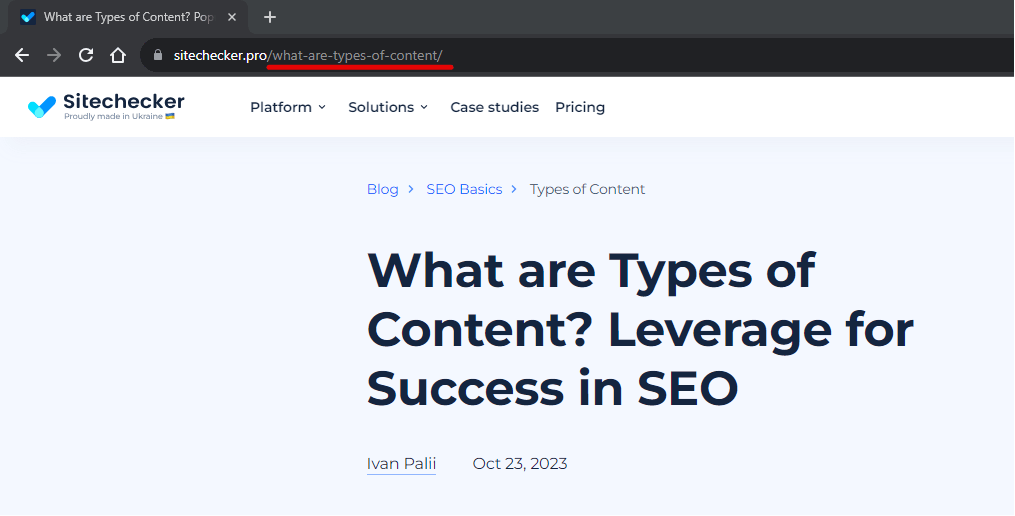
Why Is a URL Slug Important for SEO?
The URL slug, often simply referred to as the “slug”, is an essential element in the anatomy of a web page’s URL. This segment, typically coming after the domain name, denotes and describes a specific page’s content on a website. For instance, in the URL “www.example.com/blog-post-title“, “blog-post-title” is the slug. Its significance for SEO is multifaceted:
- Improved User Experience: An effective URL slug gives users a clear idea of what to expect on a page. For instance, if someone is searching for a guide on planting roses and sees a URL ending in “complete-guide-to-planting-roses”, they’re more likely to click on it because it appears relevant to their search.
- Enhanced Search Engine Interpretation: Search engines, like Google, use URLs as one of the factors to determine the relevance and context of a page. A clear, concise slug can help search engines understand what your page is about, which can aid in better indexing.
- Increased Click-Through Rate (CTR): A descriptive slug can make your URL seem more appealing and relevant in search results. This can, in turn, increase the likelihood that users will click on your link over others.
- Avoidance of Duplicate Content Issues: Unique slugs ensure each page on your site has a distinct URL, which helps in avoiding potential duplicate content issues that can dilute SEO value.
Including Your Keyword in the Slug
The inclusion of keywords in your URL slug is one of the fundamental practices in on-page SEO. Here’s why it’s vital:
- Relevance Indication: When your slug includes the primary keyword for which you’re trying to rank, it indicates to search engines that your content is highly relevant to that topic.
- Boosts CTR:As mentioned earlier, a relevant URL can increase the likelihood of users clicking on your link. If a user sees their search query mirrored in your URL, they’re more inclined to believe your content is what they’re looking for.
- Anchor Text Benefit: When other websites link to your content using the URL as the anchor text, having the keyword in the slug means the anchor text will naturally include the keyword. This can further emphasize the relevance of your page to that topic.
Examples:
- If you’re writing about the “best digital cameras of 2023”, a slug like “/best-digital-cameras-2023” is more SEO-friendly and user-friendly than something generic like “/blogpost1234”.
- For a recipe on “vegan chocolate cake”, a slug such as “/vegan-chocolate-cake-recipe” is preferable. It’s descriptive and directly includes the primary keyword.
While the URL slug is just one of many factors influencing SEO, it’s a crucial one. A thoughtfully crafted slug, with the right keyword inclusion, can offer tangible benefits in terms of both search engine visibility and user experience.
URL Slug Best Practices
The URL slug plays a pivotal role in both search engine optimization and user experience. A well-structured slug can make your content more discoverable and user-friendly. Here are some best practices to ensure your slugs are optimized:
Be Descriptive
A slug should give readers and search engines a clear idea of what the content on the page entails.
- Right: For an article about coffee brewing methods, a slug like “/coffee-brewing-methods” is perfect.
- Wrong:A slug like “/post-123” provides no context about the content of the page.
Make It Concise and Easy to Read
A lengthy slug can appear cluttered and may detract users. Keep it short while retaining its descriptiveness.
- Right: For a guide about training German Shepherd puppies, “/german-shepherd-training” is concise.
- Wrong: “/complete-guide-to-training-your-german-shepherd-puppy-at-home” is unnecessarily long.
Separate Words
Ensure that individual words in your slug are separated, making them more readable to both humans and search engines.
- Right:“/chocolate-chip-cookies”
- Wrong: “/chocolatechipcookies”
Use Hyphens, Not Underscores
Search engines, like Google, have recommended using hyphens instead of underscores as word separators in slugs.
- Right: “/apple-pie-recipe”
- Wrong: “/apple_pie_recipe”
Use Lowercase Characters
Using all lowercase characters ensures consistency, avoids potential errors, and is generally more aesthetically pleasing in URLs.
- Right: “/summer-vacation-ideas”
- Wrong: “/Summer-Vacation-Ideas”
Avoid Special Characters
Special characters can cause issues in URLs and can sometimes be misinterpreted by browsers and servers.
- Right: “/new-york-travel-guide”
- Wrong: “/new-york-travel-guide%$”
Make It Future-Proof
Consider the longevity of your content. If your content is evergreen, ensure that your slug isn’t dated. This way, you won’t need to change it and set up redirects in the future.
- Right: For an annual event guide, use “/annual-film-festival-guide”.
- Wrong: “/film-festival-guide-2023” (unless it’s specifically about the year 2023).
In conclusion, a well-crafted URL slug that follows these best practices can greatly benefit your website’s SEO and user experience. It’s a small but crucial detail that can significantly impact how your content is perceived and discovered online.
URL Slugs & WordPress
WordPress is one of the most popular content management systems (CMS) in the world. Given its user-friendly interface and robust features, it’s a preferred choice for many webmasters. When it comes to URL structures and slugs, WordPress offers a good deal of flexibility and optimization options. Here’s a guide to understanding and optimizing URL slugs in WordPress:
Understanding the WordPress Slug: In WordPress, the term “slug” refers to the part of a web URL that identifies a particular page or post on a website in an easily readable manner. For instance, in “www.example.com/about-us”, “about-us” is the slug.
Editing Slugs in WordPress:
-
For Posts: While creating or editing a post, you can find the slug option right below the title. It’s labeled “Permalink.” Click on “Edit” next to it to modify the slug as needed.

- For Pages: The process is similar to posts. Navigate to the specific page in the dashboard, and you’ll find the “Permalink” option below the title.
- For Categories and Tags: Under the “Posts” tab in the WordPress dashboard, select “Categories” or “Tags”. When you add a new category/tag or edit an existing one, you’ll find an option to edit the slug.
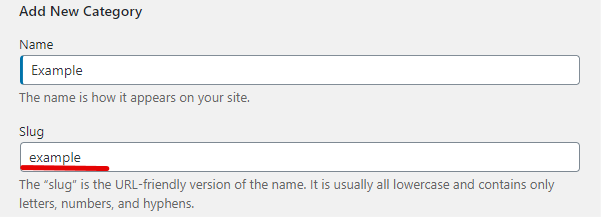
Choosing a Custom URL Structure: WordPress allows you to set a custom URL structure for your permalinks. Navigate to “Settings” > “Permalinks” in your dashboard. Here, you can select common structures or define custom ones using tags like %postname%, %category%, and more.
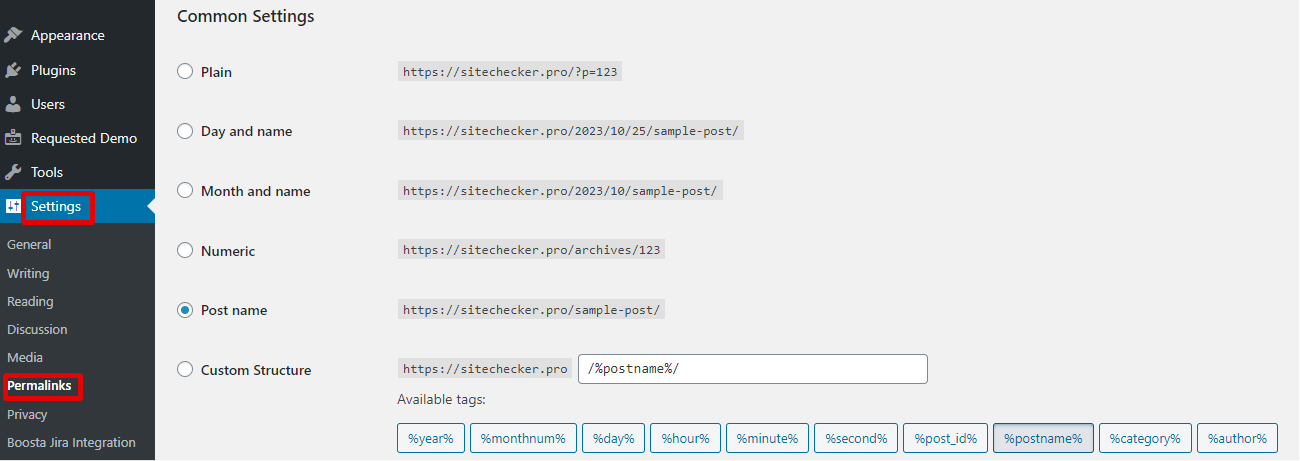
SEO Considerations:
- It’s generally recommended to use the “Post name” permalink structure in WordPress for SEO purposes, as it often results in the cleanest and most descriptive URLs.
- If you’re using popular SEO plugins like Yoast SEO, you’ll get additional recommendations and feedback on your slugs, ensuring they’re optimized for search engines.
Redirection after Slug Change: Changing the slug of an already published post or page means the URL changes. This can lead to 404 errors if visitors or search engines try to access the old URL. To prevent this, always set up a 301 redirect from the old URL to the new one. Plugins like “Redirection” can assist in managing these redirects efficiently.

Avoiding Duplicate Slugs: WordPress automatically ensures that slugs are unique by appending numbers to duplicates. For instance, if you have two posts named “Summer Vacation”, the slugs might be “summer-vacation” and “summer-vacation-2”. Always ensure your content titles are unique to avoid this.
WordPress makes it relatively straightforward to manage and optimize URL slugs, it’s crucial to follow best practices and ensure that any changes made are properly redirected. This ensures you provide both users and search engines with a seamless and optimized experience.
Check if URL Address is SEO Friendly with URL Length Checker
The URL Length Checker is a must-have digital tool for professionals and hobbyists alike who want to optimize their website’s performance. Ensuring that your URLs are of the ideal length can significantly improve user experience and search engine rankings. This tool offers a quick and efficient way to check URL lengths, allowing users to make necessary adjustments with ease.
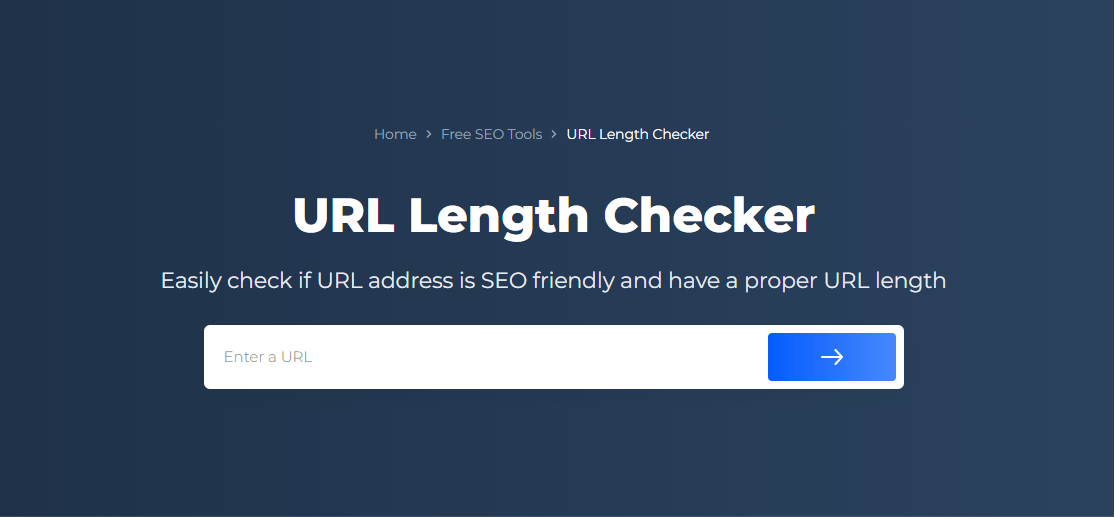
Beyond its primary function, the URL Length Checker tool comes packed with additional features. These might include detailed breakdowns of URL components, suggestions for URL shortening, and insights on best practices for URL structures. A user-friendly interface and prompt results make this tool a standout choice for those keen on refining their website’s URLs.
Optimize Your URLs with Ease
Use our URL Length Checker to create search engine-friendly URLs.
Conclusion
The intricacies of URL slugs, while seemingly minor, play a pivotal role in shaping the user experience and SEO effectiveness of a website. By focusing on crafting clear, concise, and descriptive slugs, website owners and content creators can ensure that their content is easily discoverable and relevant. Platforms like WordPress further simplify the slug optimization process, offering tools and configurations to cater to best practices. In the grand scheme of website optimization, attention to such details as URL slugs underscores a holistic approach to web development and content presentation. Embracing these principles not only enhances visibility in search engines but also fosters trust and clarity for the audience.
